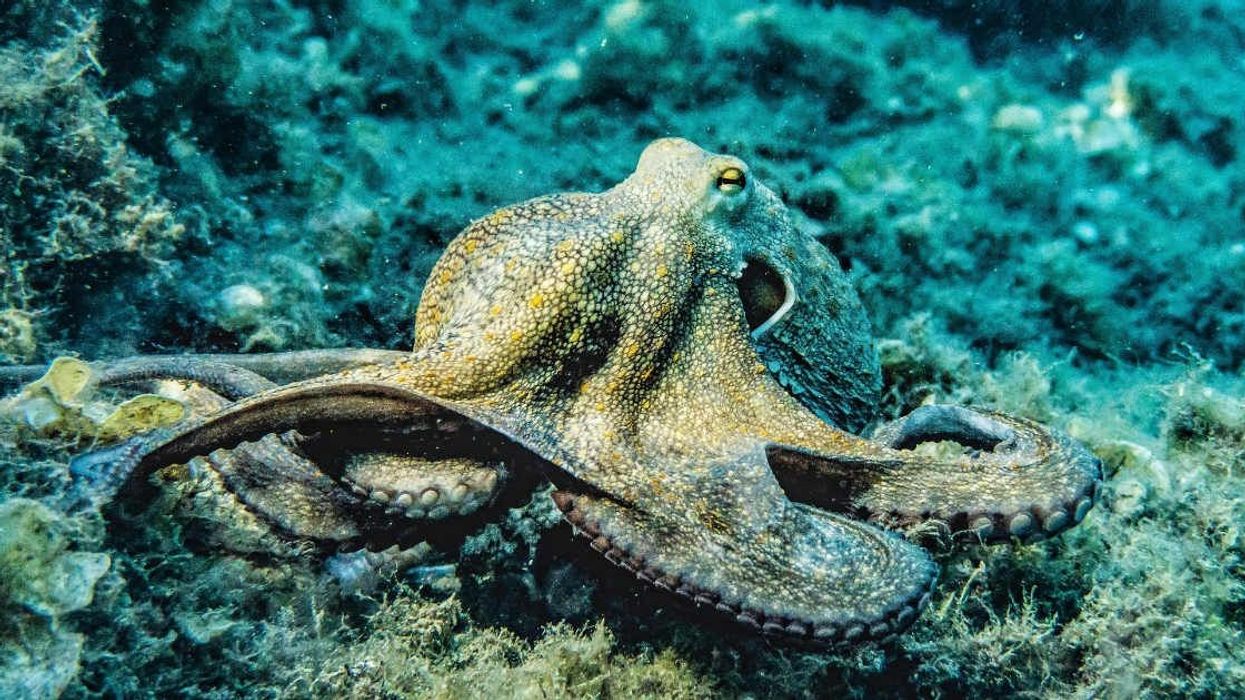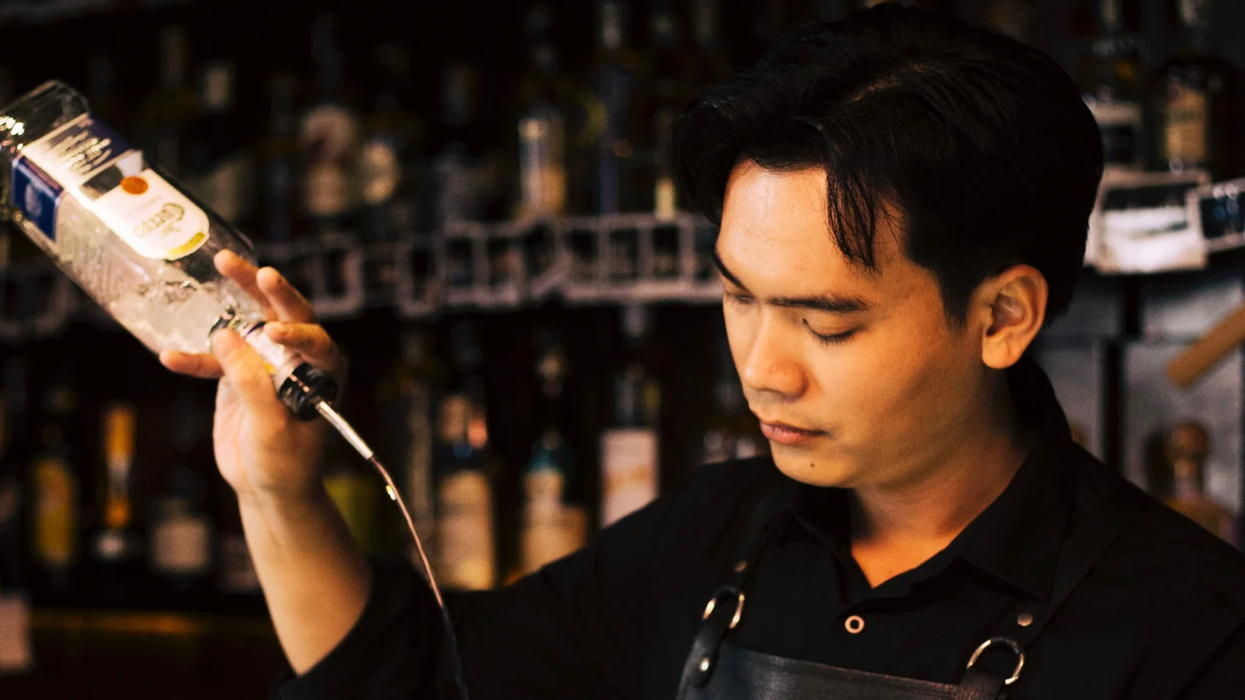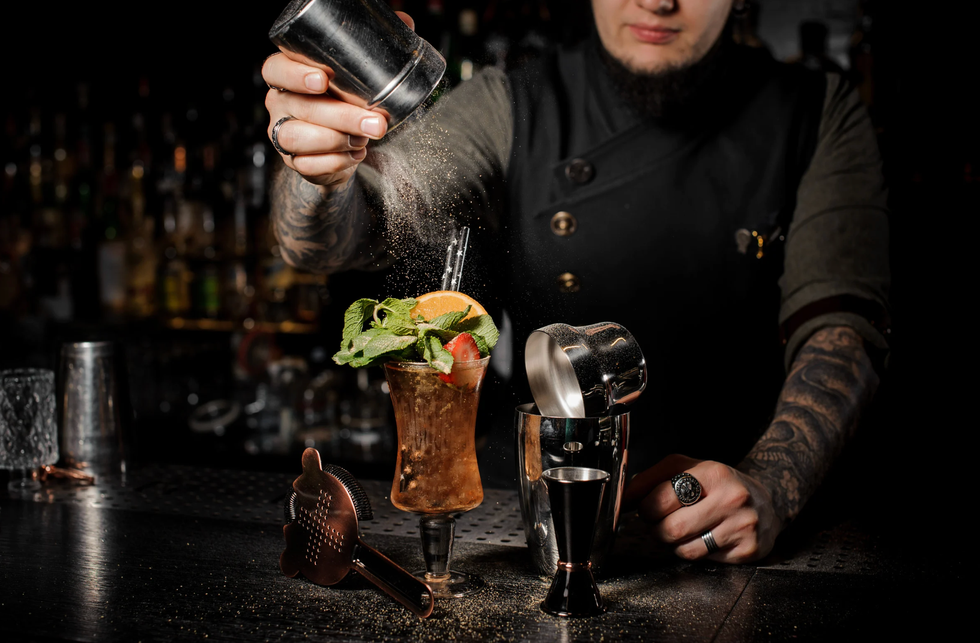When the Paralympics came to Atlanta in 1996, fewer than 2,000 students in America participated in high school sports designed for athletes with physical impairments. Only two states even offered interscholastic adaptive sport programs: Maryland and Minnesota. The Atlanta Games, through a set of “legacy programs” designed to expand adaptive sport infrastructure across the country, changed everything.
Most famously, the Atlanta Paralympic Organizing Committee established the United States Disabled Athletes Fund, eventually renamed BlazeSports America (after the Atlanta Games’ popular phoenix mascot, “Blaze”), to develop community-based infrastructure. Today the organization supports local teams and programs in 29 states, helps design inclusive sports programs and policy in countries like Brazil and Haiti, and is the leading certifier of disabled-sport coaches and trainers.
But to Bev Vaughn, who served on a volunteer steering committee for the Atlanta Paralympics, BlazeSports was only half the puzzle. At the time, Vaughn coordinated wheelchair sports in an experimental after-school program in DeKalb County (Ga.), but she wanted to more deeply integrate the athletes into the “classic” high school experience. With a friend from the Art Institute of Atlanta, Vaughn started the American Association of Adapted Sports Programs and began an effort to establish adapted programs as varsity teams.
Two decades later, 13 states and several hundred schools have official adaptive sports teams—ranging from wheelchair basketball to golf—which function like traditional varsity teams, with state tournaments and all. Most of those 13 states consulted with AAASP before designing their programs. A 2013 letter from the Department of Education that demanded equal athletic opportunity in schools—often called Title IX for students with disabilities—also accelerated the growth. Last week, GOOD spoke with Vaughn about Atlanta’s legacy and the ongoing fight for athletic equality.
How unusual were adaptive sports programs in the early 1990s? What was your role with DeKalb County?
I was hired in as their first full-time adaptive sports coordinator. I also taught classes in recreational therapy, similar to adapted physical education. That was the focus. They had an after-school program for kids with physical disabilities to do sports, but without a lot of structure or training. The school district wanted to place a little more focus on improving that particular program. It was pretty unusual. Really, I was brought in to evaluate the program.
I could really see the potential with the kids. I began to evaluate and reformulate the program to take more of a focus on a structured athletic program, provided by the schools, where we have the proper equipment, training for coaches, parent involvement, things like that.
Why is it important to incorporate these sports into existing school systems?
The big correlation is that it’s a continuation of the school day. The focus is on educational achievement and the educational goals of the student, so we begin [with] academic standards. A lot of the kids we were serving needed a lot of what the schools provided: transportation and equipment. We were seeing [sports] as enhancement to what folks could get out in their communities. If you have a physical disability, you [should] have the opportunity to do sports in school, just like I did. These kids didn’t. It was a life-changing event for them to have that opportunity.
Describe the cultural impact of the Atlanta Paralympics. How did that influence your work?
I think the whole 360-degree experience really brought forth an awareness that just wasn’t there before—the difference in the Paralympics versus Special Olympics, the differences in these particular populations of individuals, what opportunities do exist. It began a conversation nationally. What are we doing and how are we serving this population in sport?
Everybody here in Atlanta was very, very excited and very, very proud of the Paralympic Games. We had kids involved who had gone onto the Paralympics [after being in] the DeKalb program. There was just a huge sense of excitement and momentum. It really led to more demand by parents of children with physical disabilities. When they found out about this DeKalb school program, they would call and say, “Where can my child go and play wheelchair basketball?” There was a huge lack of opportunity. It just became obvious.
I actually talked with the leadership of the Paralympics about the idea of AAASP and what we were wanting to put together. They were all for it, totally supportive of it, and thought it needed to happen. Then the United States Disabled Athletes Fund—Andy Fleming, who put that nonprofit together—contacted me. We worked for about a year with Andy.
When did AAASP start to expand beyond Atlanta?
[quote position="right" is_quote="true"] If you have a physical disability, you [should] have the opportunity to do sports in school, just like I did. These kids didn’t. It was a life-changing event for them to have that opportunity.[/quote]
After about five years, we really began to see this could be even larger. We met with the Georgia High School Association to discuss a partnership. I think it was five years after we [originally] incorporated in ‘96. AAASP became the state-recognized sanctioned body for interscholastic adaptive sports in schools. GHSA and AAASP have a partnership alliance. They oversee high school sports for the able-bodied student population, and we oversee adapted sports for physical disabilities.
Then sometime later, the Florida high school association became interested in our work and reached out. We helped them start their wheelchair track and field program. Georgia, Florida, Alabama, Kentucky, New Jersey—we’ve worked with them. And after the [Department of Education directive] came out, were were invited to participate on two national task forces.
What were some challenges to building these programs into existing school athletic departments?
Some of the challenges were schools not understanding. They’d say, “Oh, we already have a Special Olympics program.” Or, “We can’t form a team. We don’t have enough kids.” Well you do, they’re just not all at one school, so you can form your team by the district. Or the schools would say, “Well, none of the parents are coming forth asking us for this program. Until we do, we’re not going to provide it.” We’re a volunteer member organization, like a state high school association, so we can’t enforce or make them do it. Not all of the schools in Georgia are doing it now.
We were very concerned about stability. We did not want to take the approach of writing grants each year, and it being dependent on a yearly grant cycle. That was something we really had to work with the schools on, and our partners at the state level: the sustainability issue. We needed to make sure we have a continuation of funding so that you as school administrators, as you’re doing your annual budgets, this goes in as a line item, just like your athletic programs do.
Twenty years in, what are your goals?
I think it’s two paths. One, the state of Georgia. We’re headquartered in Atlanta. We would like to continue to see growth around additional school districts offering these programs. Then we’re going to continue to serve on these task forces and do outreach in states that have an interest, and have a need. We have three full-time people. We have to be realistic in what we can achieve with the resources we currently have.

















 Screenshots of the man talking to the camera and with his momTikTok |
Screenshots of the man talking to the camera and with his momTikTok |  Screenshots of the bakery Image Source: TikTok |
Screenshots of the bakery Image Source: TikTok | 
 A woman hands out food to a homeless personCanva
A woman hands out food to a homeless personCanva A female artist in her studioCanva
A female artist in her studioCanva A woman smiling in front of her computerCanva
A woman smiling in front of her computerCanva  A woman holds a cup of coffee while looking outside her windowCanva
A woman holds a cup of coffee while looking outside her windowCanva  A woman flexes her bicepCanva
A woman flexes her bicepCanva  A woman cooking in her kitchenCanva
A woman cooking in her kitchenCanva  Two women console each otherCanva
Two women console each otherCanva  Two women talking to each otherCanva
Two women talking to each otherCanva  Two people having a lively conversationCanva
Two people having a lively conversationCanva  Two women embrace in a hugCanva
Two women embrace in a hugCanva 
 A reddit commentReddit |
A reddit commentReddit |  A Reddit commentReddit |
A Reddit commentReddit |  A Reddit commentReddit |
A Reddit commentReddit |  Stressed-out employee stares at their computerCanva
Stressed-out employee stares at their computerCanva
 Who knows what adventures the bottle had before being discovered.
Who knows what adventures the bottle had before being discovered. 
 Gif of young girl looking at someone suspiciously via
Gif of young girl looking at someone suspiciously via 

 A bartender makes a drinkCanva
A bartender makes a drinkCanva